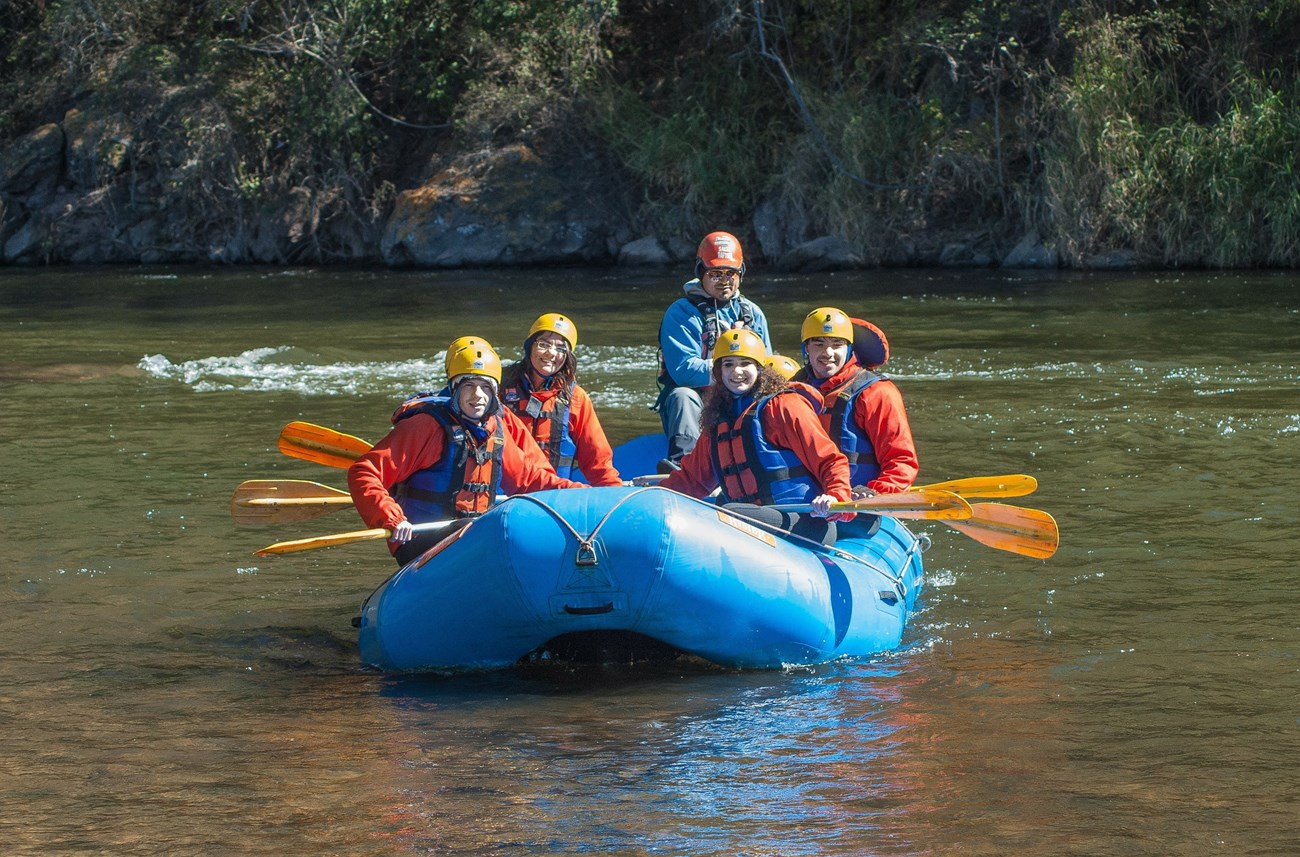Last updated: January 14, 2022
Article
Best Practices for Remote Waste Management

White Water Magazine
Managing human waste in the wilderness or on a body of water is a difficult task. Human waste culmination results in problems such as odor, visual nuisance, environmental pollution, and health hazards. When there are no toilets available, concessioners must develop best practices to guide clients in proper handling of human waste.
Float Trips
The best practice for urinating while on a float trip is simply to urinate directly into the river. If clients find themselves on land during a float trip, they should seek an area with wet ground on which to relieve themselves, as opting for dry ground may result in an offensive odor.
The National Park Service requires all commercial outfitters and river parties to carry out solid human waste after trips. Guests and guides alike can carry out solid human waste in reusable toilets (e.g., bagless systems), or by using a blue-bag system which chemically alters the waste into an inert substance. This method is consistent with "leave no trace."
Guides should instruct clients to pack and carry out all waste and transport to a collection or disposal area. Clients may use plastic bags, simple containers, or complex containers. Park personnel often cite Wag Bags (i.e., disposal waste kits) as the best option. Concessioners generally provide these Wag Bags for guest use, or guests may purchase them from a variety of vendors, or sometimes onsite at parks. Carryout is the best technique—and is often a requirement—for wild and scenic river corridor trips, but recreational user acceptance of this method may be mixed. Education is required for client buy-in, and details on "leave no trace" should be part of standard employee training and interpretation for guests.

Mountaineering/Camping
For mountaineering or camping operations, concessioners should encourage carryout of solid waste, if possible, or educate guests on cat holes. This option involves clients digging a shallow hole (four to eight inches deep) and burying human waste. Clients are not permitted to bury toilet paper, as animals may dig that up. Rather, advise them to place toilet paper in a plastic bag or Wag Bag and pack it out. The best areas for cat holes are:
- Located away from water
- Lightly used
- A minimum of 15 centimeters of soil cover
When digging a cat hole, clients should choose a spot off the trail that is at least 100 to 200 feet from water resources or campsites to reduce contamination.
Concessioners should seek specific regional and park guidance from park management, but following these best practices will aid in environmentally conscious operations. Concessioners must inform clients of these best practices and educate them on their necessity throughout the trip.
For more insight and helpful guidance, you can use the following resources:
